In high-end outdoor construction, the material's ability to resist degradation from environmental forces is the ultimate measure of quality. For any Bamboo composite decking installation, B2B buyers must prioritize materials engineered to deliver superior **Bamboo composite warp resistance** and minimize surface cracking over a lifespan measured in decades. This stability is achieved by mastering the material science behind moisture and thermal control. Ningguo Kuntai Bamboo and Wood Co.,Ltd. leverages raw materials from the "Bamboo Village" and patented technology (US Patent No. US11148318) to manufacture outdoor strandwoven bamboo products with industry-leading structural stability.
Mitigating Environmental Stresses
Dimensional changes are the primary enemies of long-term deck aesthetics and structural integrity.
Controlling Decking moisture absorption rate testing
Moisture is the leading cause of material failure in outdoor environments. By conducting rigorous **Decking moisture absorption rate** testing (e.g., prolonged immersion tests), manufacturers verify the material's ability to repel water. A low absorption rate is fundamental to achieving the necessary **Dimensional stability of composite** deck boards. When a board rapidly absorbs and releases moisture, the internal stresses cause cellular swelling and shrinking, which leads directly to warping and cracking over time. Our strandwoven process locks out moisture far more effectively than traditional timber.
Thermal expansion control for outdoor decking
All composite materials expand and contract with temperature change. Effective **Thermal expansion control** for outdoor decking relies on a low Coefficient of Linear Thermal Expansion (CLTE). B2B clients must obtain CLTE data, which dictates the total length change per degree Celsius. Failure to control thermal movement leads to excessive pressure buildup in hot conditions, causing boards to buckle, or in cold conditions, leading to wide, unstable gaps. The unique density of strandwoven bamboo minimizes this movement.
Structural Integrity and Long-Term Stability
The manufacturing process is designed to engineer out common defects found in natural wood.
Manufacturing processes for Bamboo composite warp resistance
Our strandwoven technology significantly enhances **Bamboo composite warp resistance**. This high-density process involves shredding bamboo into strands, saturating them with specialized resins, and compressing them under extreme pressure and heat. This process eliminates the internal stresses and grain inconsistencies inherent in solid wood. The resulting material is a dense, homogenous matrix that exhibits superior resistance to the twisting and cupping (warping) forces induced by moisture gradients.
Strategies for Minimizing cracking in strandwoven bamboo
Surface cracking is often a result of rapid moisture loss or low surface hardness. Our strategies for **Minimizing cracking** in strandwoven bamboo involve careful control of the final resin content and density, creating a highly stable, durable surface. Furthermore, proper heat treatment during the manufacturing process enhances the material's elasticity and resistance to UV degradation, preventing the brittle surface texture that can initiate micro-cracks.
Comparison: Manufacturing Density vs. Dimensional Stability:
| Decking Material Density (kg/m³) | Warp Resistance (Relative) | Decking Moisture Absorption Rate |
|---|---|---|
| Low-Density Wood-Plastic Composite (WPC) | Moderate | Higher (due to plastic/wood content) |
| High-Density Strandwoven Bamboo | Exceptional (High Bamboo composite warp resistance) | Low (due to high resin/pressure binding) |
Installation Protocols for Longevity
Even the best material requires precise installation to manage environmental movement.
The role of end-gap spacing in stability
To fully capitalize on the **Thermal expansion control** for outdoor decking built into the boards, precise end-to-end spacing is essential. Installers must leave gaps (typically 3 mm to 5 mm, depending on length) between the board ends to allow for predicted length expansion. Failure to leave adequate gaps will cause the deck boards to push against each other in hot weather, leading to buckling and structural failure, completely undermining efforts at **Minimizing cracking**.
Quality Assurance and Compliance
Our commitment to rigorous quality control is demonstrated through certifications like CE and SGS, which independently verify the technical claims regarding **Decking moisture absorption rate** and mechanical properties. This third-party verification provides B2B clients with the necessary confidence that our products deliver consistent **Dimensional stability of composite** deck boards required for long-term, high-quality **Bamboo composite decking installation** projects.
Conclusion
Achieving long-term durability in **Bamboo composite decking installation** is an exercise in engineering mastery over environmental forces. B2B buyers must specify materials that excel in **Decking moisture absorption rate** testing, demonstrate exceptional **Thermal expansion control** for outdoor decking, and possess verified **Bamboo composite warp resistance**. Ningguo Kuntai Bamboo and Wood Co.,Ltd. provides these professional, certified, and structurally superior outdoor bamboo solutions, ensuring the success and longevity of your projects.
Frequently Asked Questions (FAQ)
- What is the typical CLTE (Coefficient of Linear Thermal Expansion) value that B2B buyers should look for in outdoor decking? A desirable CLTE value for high-stability composites is often below 40 times 10^{-6} / K. A lower CLTE indicates better **Thermal expansion control** for outdoor decking and less required gap spacing during installation.
- How does strandwoven technology specifically improve **Bamboo composite warp resistance**? Strandwoven technology destroys the natural, directional cellular structure of the bamboo stalk and reconstructs it into a high-density, quasi-isotropic matrix. This eliminates the differential swelling and shrinking along the grain that causes natural wood to warp and cup.
- How does the **Decking moisture absorption rate** testing relate to the board's density? Generally, there is a strong inverse relationship: higher density, achieved through extreme pressure in the strandwoven process, means fewer internal voids and pores, resulting in a significantly lower **Decking moisture absorption rate**.
- What simple installation step is most critical for **Minimizing cracking** in the long term? Proper spacing of butt joints (end-to-end gaps) is the most critical step. If no gap is left, boards will push against each other in heat, leading to compressive stress, eventual buckling, and failure, often presenting as stress cracks near the fasteners.
- How is the **Dimensional stability of composite** deck boards verified by international standards like CE or SGS? These certifications often rely on standardized tests (e.g., EN standards) that subject the boards to cycles of high humidity, low humidity, and temperature extremes, measuring the resulting change in length, width, and thickness to verify the long-term **Dimensional stability of composite** deck boards.

 English
English Deutsch
Deutsch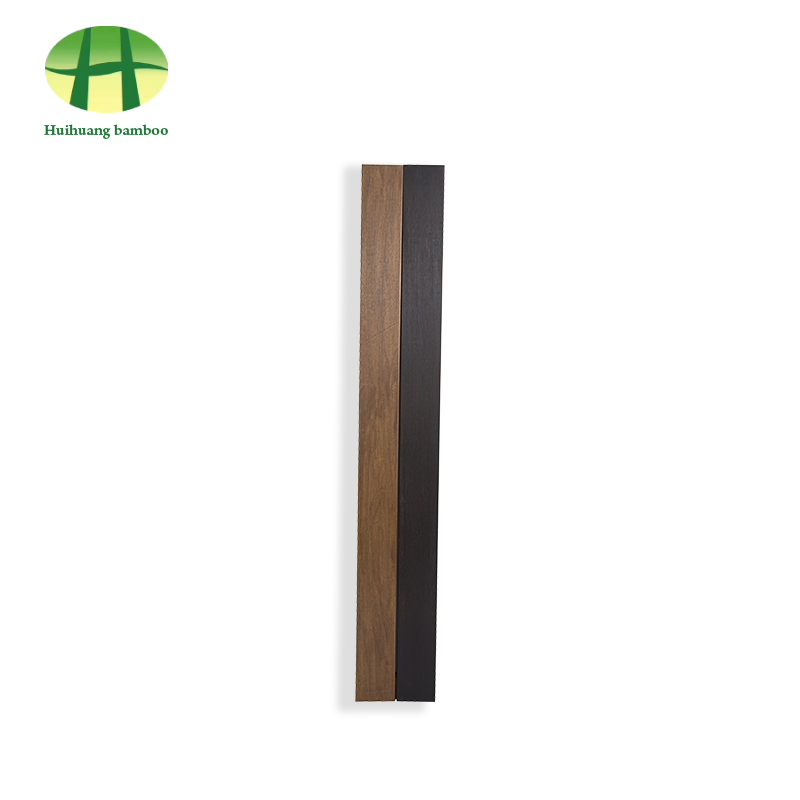

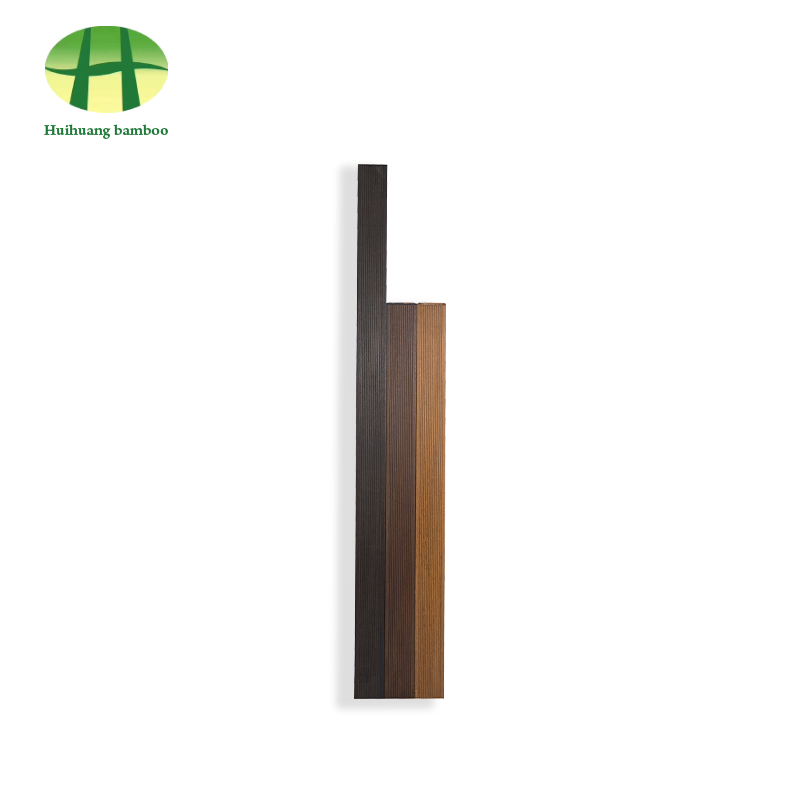
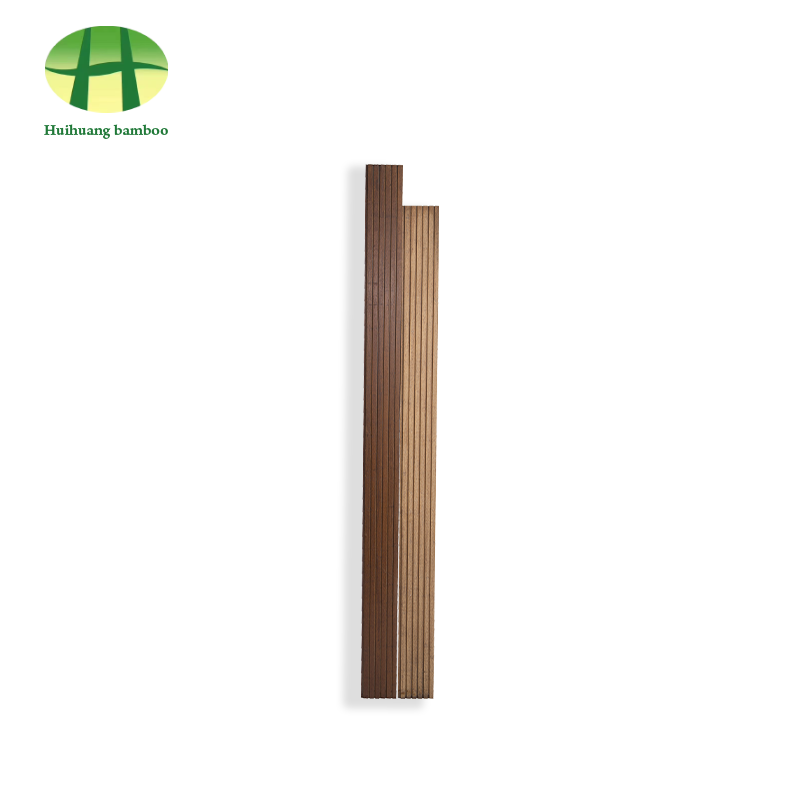
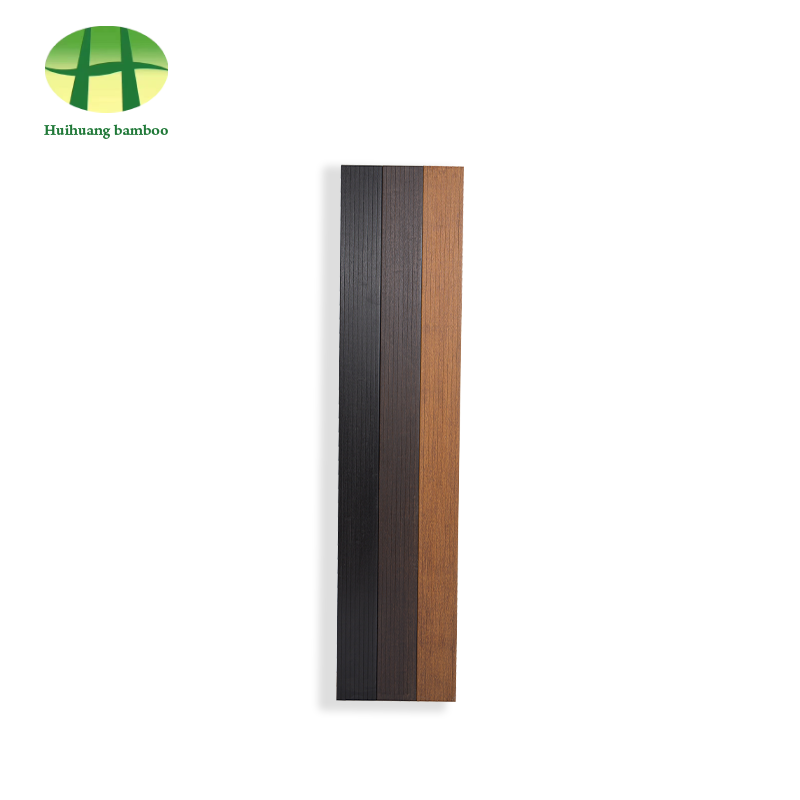
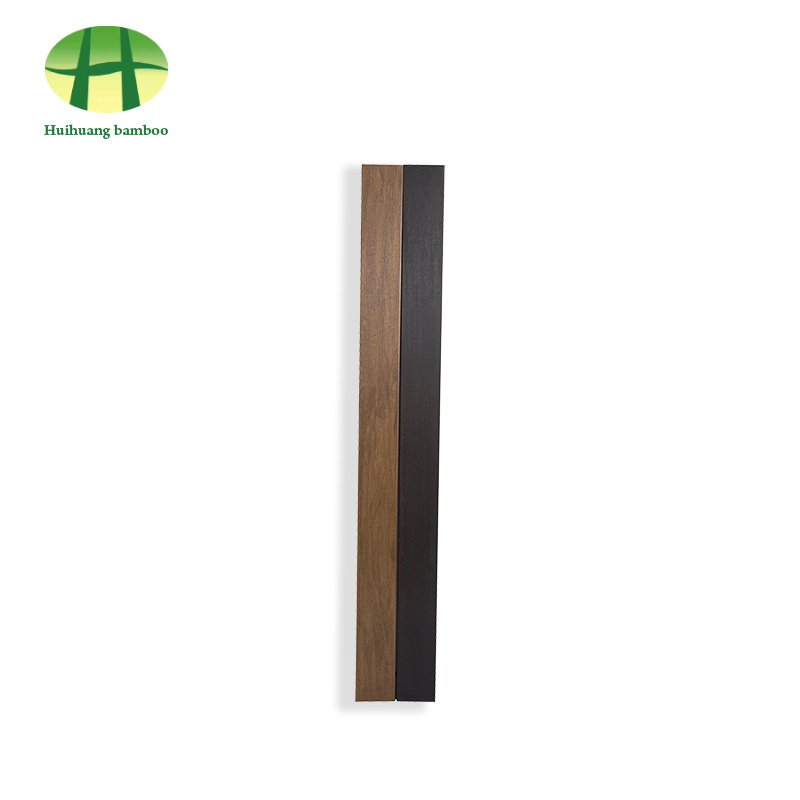
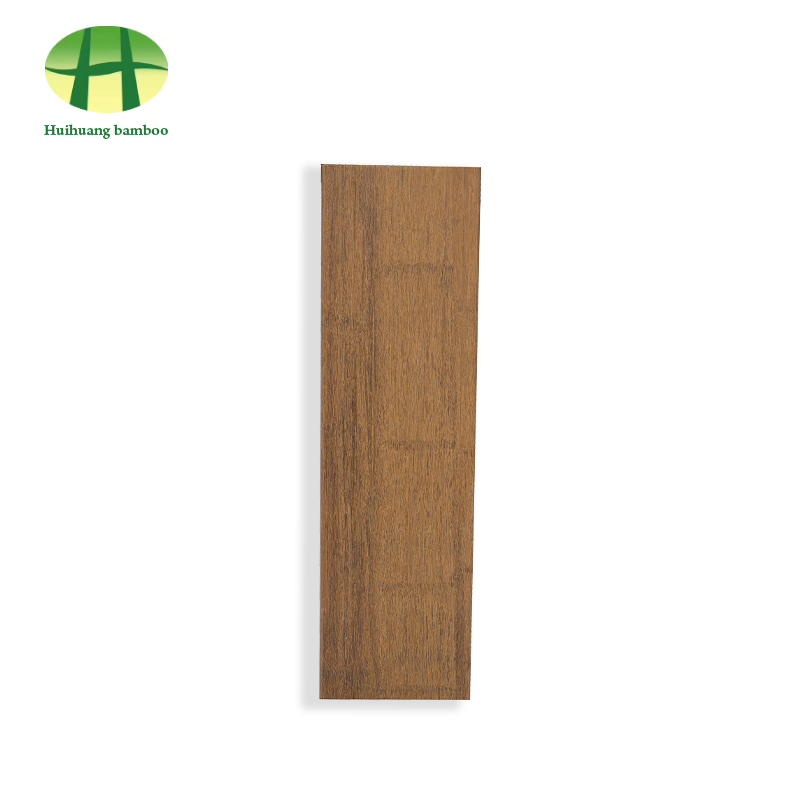

 +86-572-5215066 5216895
+86-572-5215066 5216895 office@hh-bamboo.com
office@hh-bamboo.com East Side of Huanggang RD,Ningdun County, Ningguo ,Xuancheng City,Anhui Province,China.
East Side of Huanggang RD,Ningdun County, Ningguo ,Xuancheng City,Anhui Province,China.